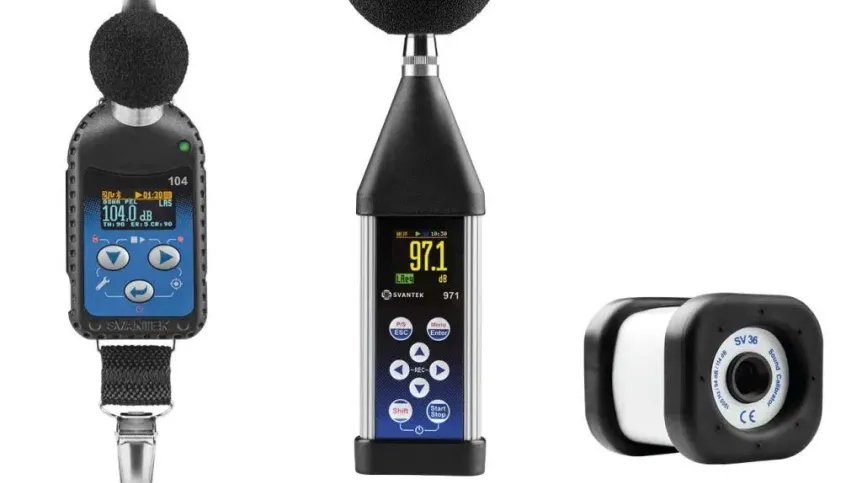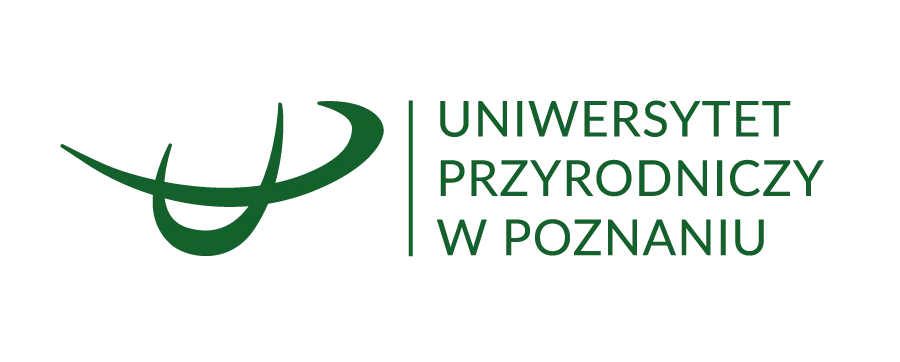
The Polish astronaut on the International Space Station will test a Polish noise measurement system in one of the experiments. The space station is not quiet at all, and the noise level can be harmful to astronauts.
'Wireless Acoustics' will be one of 13 experiments in the Polish technological and scientific mission IGNIS to the International Space Station (ISS). The experiments will be conducted by Sławosz Uznański-Wiśniewski, a Polish project astronaut of the European Space Agency (ESA). The mission will launch no earlier than May.
Sounds do not travel in the vacuum of space. So all the hustle and bustle of Earth can no longer be heard. However, this does not mean that astronauts remain in dead silence. Quite the opposite. The International Space Station itself is very noisy: devices necessary for the operation of the station (fans, air pumps, life support systems) emit a constant noise level of around 72 dB. This is almost as much as the noise of a vacuum cleaner or a human scream, except that you can hear it all the time, 24 hours a day. So if someone says: 'In space, no one can hear you scream', one explanation may be that devices in space vehicles make too much noise.
Managing the noise to which astronauts are exposed - especially during long missions - is a real challenge that the space industry is facing.
That is why during the Ax-4 space mission, Polish astronaut Sławosz Uznański-Wiśniewski will test - in one of 13 experiments - a wireless network of noise monitoring meters on the ISS. These devices were designed by the Polish company Svantek. The data from them are expected to help monitor the safety of astronauts and, in the future, design better spaceship interiors.
Karol Sazonov from Svantek explains that in the Wireless Acoustics experiment, the Polish astronaut will conduct daily acoustic measurements.
The first test will concern three innovative Polish wireless meters for continuous, real-time sound monitoring and analysis. The first device will be a personal acoustic dosimeter worn by astronauts. It measures noise near the ear around the clock, and how the user is exposed to noise. Thanks to such measurements, it is possible to better manage the time that the astronauts spend in quieter and louder places on the station, thus limiting their exposure to noise.
The next device that will fly to the ISS will be a sound level meter that pinpoints specific sources of noise and assesses their impact on the astronauts' health. This device will be permanently installed in the Columbus module of the ISS.
The third device is an acoustic calibrator. Its task is to reduce the impact of changing conditions on the station (e.g. temperature, humidity or pressure) on the measurement results.
In the second test, the astronaut will use a dual-channel noise dosimeter from Svantek, which has been used on the ISS for over 10 years.
'Each test will end with a questionnaire to compare the astronaut's experience', Karol Sazonov says.

After the measurements are completed, the collected data will be sent to acousticians and medical acoustics experts for analysis. When the devices return to Earth, they will be thoroughly examined to see how the conditions on the space station can change the accuracy of the measurements.
The fact that noise can affect the well-being and health of astronauts has been known for years. Various methods of silencing the operation of devices are already used in astronautics, e.g. acoustic blankets and water-based sound barriers are used to muffle sounds. Noise is particularly dangerous for astronauts during rocket launch, but it is also necessary to constantly monitor the level of sounds to which participants in space missions are exposed. And this is where the data collected by the Polish astronaut will help.
PAP - Science in Poland, Ludwika Tomala (PAP)
lt/ bar/ mhr/













